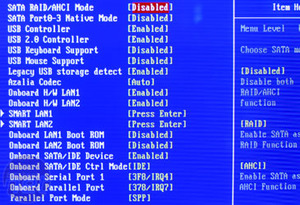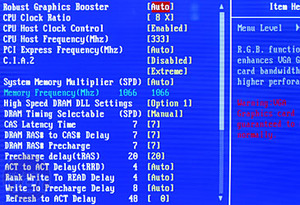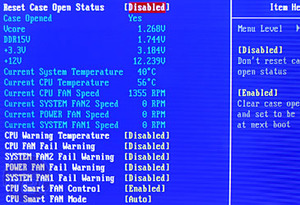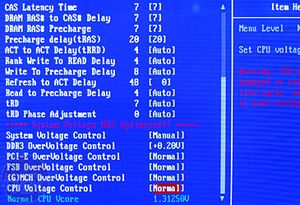Rear I/O
Throw away your hubs because you'll never run out of USB ports ever again. There are no less than eight USB 2.0 ports all in a row, topped off with a pair of 6-pin Firewire sockets and both RJ45 Gigabit Ethernet sockets.To finish the line up there are six 3.5mm audio jacks to provide the 7.1 Channel High-Definition audio while also leaving a line in and microphone socket spare. The other side there is both optical and RCA digital S/PDIF audio sockets and a pair of PS/2 ports. Finally RS232 serial and LPT parallel ports are relegated to on-board pin-outs rather than filling the rear I/O.
Whether PCI brackets for these two will be provided has yet to be seen, although we're not expecting it as the ports have now generally fallen into disuse, with only a select few of programmers or scientific applications insisting on them. The one extra Firewire and four USB 2.0 pin-outs are available from motherboard pins, although it looks like the retail product will probably be without PCI brackets for any of these.
The only criticism we can muster is that the air out of the heatsink array behind the ports has to navigate between the sockets, rather than just having free flow, but it's a necessary sacrifice.

BIOS
There are two BIOS chips on-board but it doesn't end there. Your traditional DualBIOS is now old hat according to Gigabyte - instead you apparently now need QuadBIOS, which gives you the option of updating from a hard drive or CD if all hell breaks loose and you manage to cripple not one, but both BIOSes on-board.While this may seem excessive, and we do think two BIOS chips is more than enough, it's also quite a good idea considering both BIOSes are soldered to the board so you can't pop them out to hot-flash elsewhere any more. Unfortunately though, there is no on-board clear CMOS button so you have to delve into the depths of your dark case in the middle of your board to short some pins. This is hardly the most fitting addition for the price and target market of the board, considering what the competition offers.




Even though the board states a "DDRIII 1600" that's only true if you're using a not yet available 1,600MHz front side bus CPU (or you're overclocking). The highest front side bus available on shipping CPUs today is still 1,333MHz so you're in effect limited to 1,333MHz memory - the memory dividers just aren't there for anything higher at default clocks. It looks like we'll have to wait to see what Nvidia comes up with in a few months for faster memory, however the board makers want you to have some sort of upgrade path, so holding back on the faster memory until next year when it's cheaper makes more sense.
Being an engineering BIOS we're going to glaze over the details because bits might change between now and when the board reaches retail. Thankfully Gigabyte has not hidden the memory timings behind the old "Ctrl+F1" trick that catches so many people out. We've no idea why it kept doing this in the past but we're glad the memory controls are finally as plain as day - slap bang in the centre of the performance options.
Additionally, there is the C.I.A.2 auto overclocking feature still present as well as features like the Robust Graphics Booster and System Performance setting between "Normal", "Turbo" and "Extreme". The CPU front side bus current limit is 700MHz, PCI-Express is 150MHz and the maximum memory multiplier is 4x (which is where the 1,333MHz limitation comes from if you haven't overclocked your CPU).
Voltages are +1.55V (or a massive 3.05V) on the memory, PCI-Express and FSB +0.35V, Northbridge +0.375V and CPU up to a whopping 2.35V.

MSI MPG Velox 100R Chassis Review
October 14 2021 | 15:04









Want to comment? Please log in.